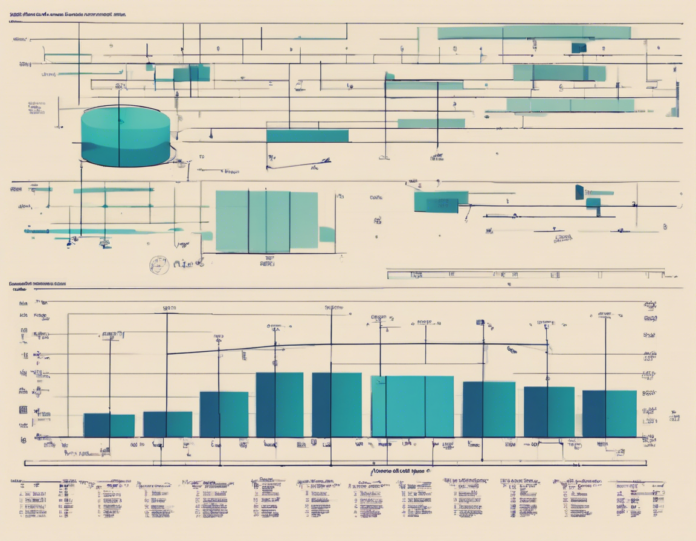Data visualization is a powerful tool in the world of analytics and business intelligence. It helps businesses gain valuable insights from complex data sets, making it easier to identify trends, patterns, and outliers. Panel charts are particularly useful when comparing multiple data sets, as they provide a clear and concise way to display information side by side. In this comprehensive guide, we will explore everything you need to know about creating panel charts for data visualization.
What is a Panel Chart?
A panel chart is a type of visualization that displays multiple charts on a single page, making it easier to compare different data sets at a glance. Panel charts can be in the form of small multiples, where each chart represents a subset of the data, or a grid of charts displaying related information. They are especially useful for showing variations, trends, and comparisons across different categories or time periods.
Why Use Panel Charts?
Panel charts offer several advantages over traditional single charts, such as line charts or bar charts. Here are some reasons why you should consider using panel charts for data visualization:
- Comparing Multiple Data Sets: Panel charts allow for easy comparison of multiple data sets, enabling viewers to spot trends or differences quickly.
- Utilizing Real Estate Efficiently: By displaying multiple charts in a compact space, panel charts make efficient use of the available real estate on a dashboard or report.
- Maintaining Consistency: Panel charts ensure consistency in scale, axis, and formatting across all charts, making it easier for viewers to interpret the data.
- Enhancing Visualization: Visualizing data in panels can reveal patterns that may not be apparent in a single chart, providing a more holistic view of the data.
How to Create a Panel Chart:
Creating a panel chart involves the following steps:
-
Prepare Your Data: Ensure your data is clean, organized, and ready for analysis. Identify the variables you want to include in your panel chart.
-
Select the Right Chart Types: Choose the appropriate chart types for your data, such as bar charts, line charts, scatter plots, or any other chart that best represents your information.
-
Arrange the Panels: Decide on the layout of your panel chart, including the number of rows and columns, and how the individual charts will be arranged.
-
Create the Panels: Generate each chart individually, using the selected chart types and ensuring consistency in formatting.
-
Combine the Panels: Assemble the individual charts into a single panel chart, making sure they are aligned properly and easy to read.
-
Add Titles and Labels: Provide titles, axis labels, and legends to help viewers understand the information presented in the panel chart.
Best Practices for Panel Charts:
To create effective panel charts, consider the following best practices:
- Maintain Consistency: Ensure consistency in scale, axis labeling, colors, and formatting across all panels.
- Limit the Number of Panels: Avoid overcrowding the visualization with too many panels, which can lead to information overload.
- Use Color Wisely: Use color strategically to highlight important data points or groupings, but avoid excessive use of colors that may distract viewers.
- Provide Context: Include titles, subtitles, and annotations to provide context and guide viewers through the information presented.
- Consider Interactivity: If creating digital panel charts, consider adding interactive elements such as tooltips or filters for enhanced user experience.
Frequently Asked Questions (FAQs):
- What software tools can I use to create panel charts?
Popular tools for creating panel charts include Microsoft Excel, Tableau, Power BI, and Google Data Studio.
- Can panel charts be used for time-series data?
Yes, panel charts are well-suited for comparing time-series data across different categories or groups.
- How do I decide on the layout of my panel chart?
Consider the number of data sets to compare, the relationships between them, and how viewers will best interpret the information when deciding on the layout.
- Are there online tutorials available for creating panel charts?
Yes, many online resources offer tutorials and guides on creating effective panel charts for data visualization.
- Can I customize the appearance of panel charts to match my brand guidelines?
Yes, most data visualization tools allow for customization of colors, fonts, and styles to align with your brand aesthetics.
In conclusion, panel charts are a valuable tool for data visualization, allowing for efficient comparison of multiple data sets in a visually appealing manner. By following best practices and utilizing the right tools, you can create impactful panel charts that help uncover insights and drive informed decision-making.












